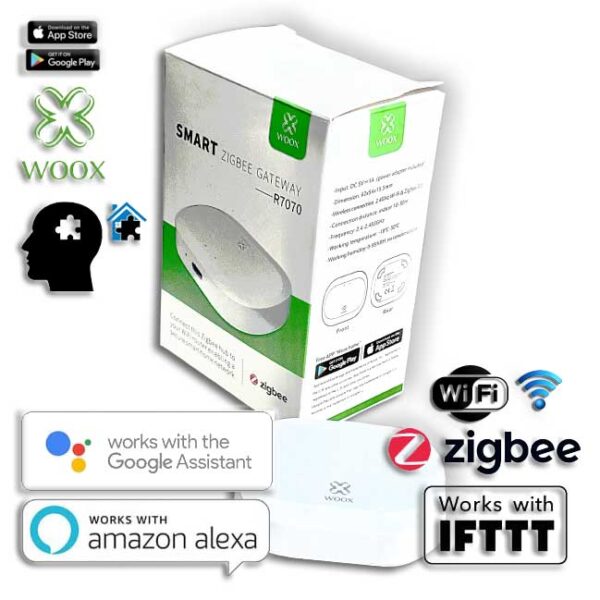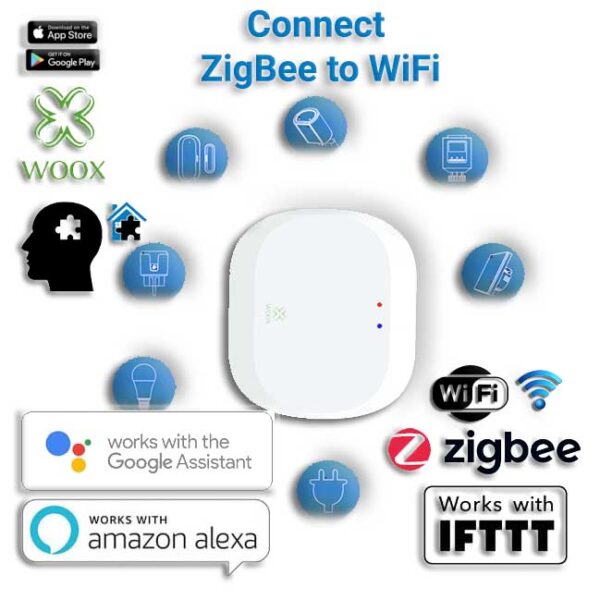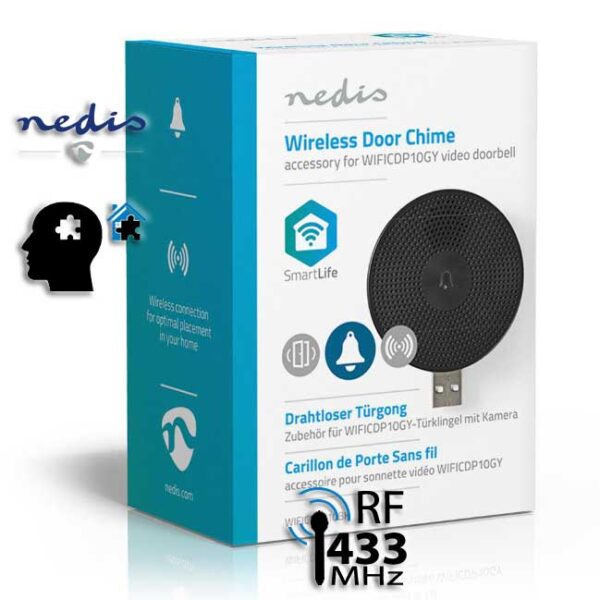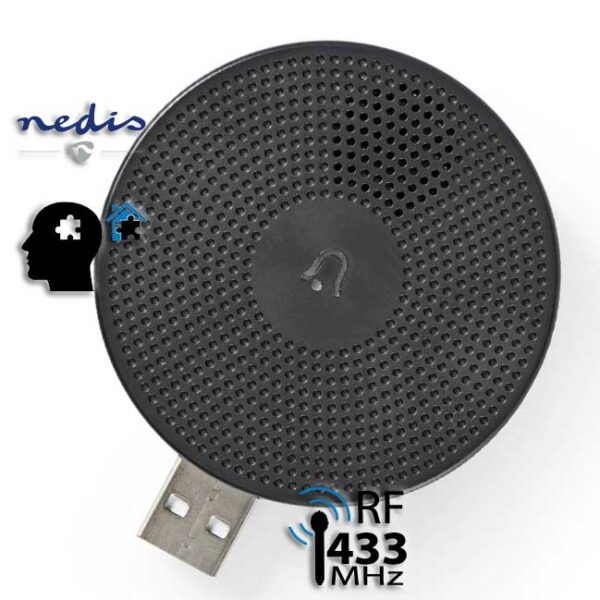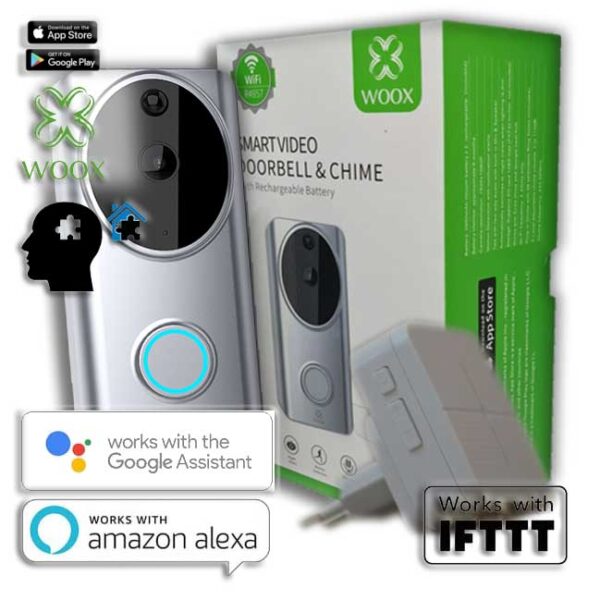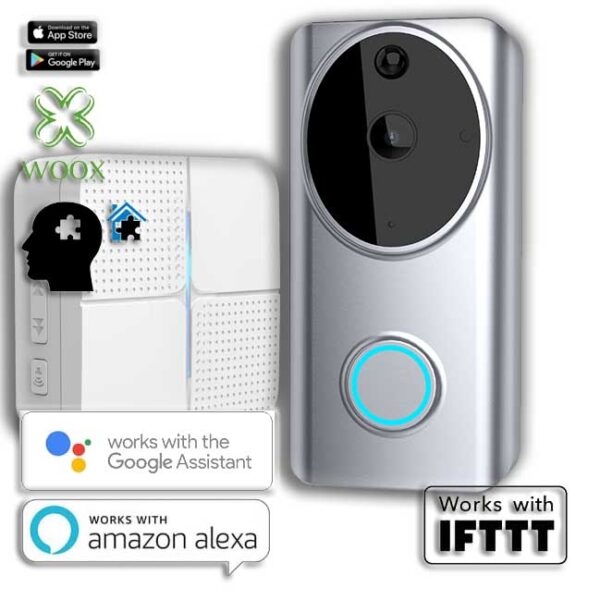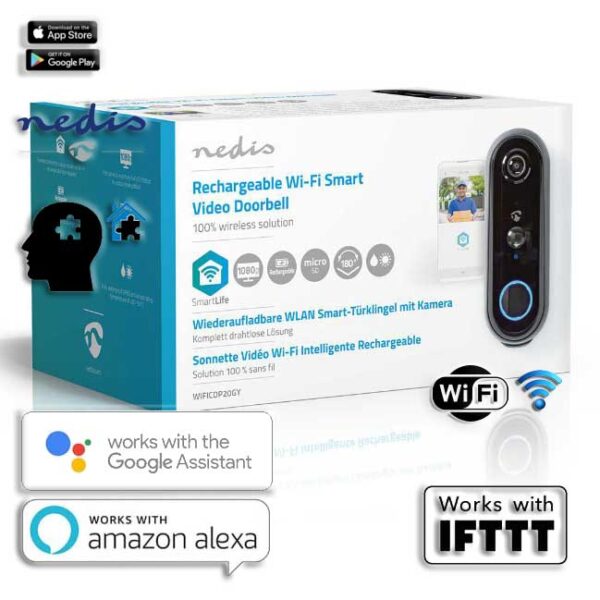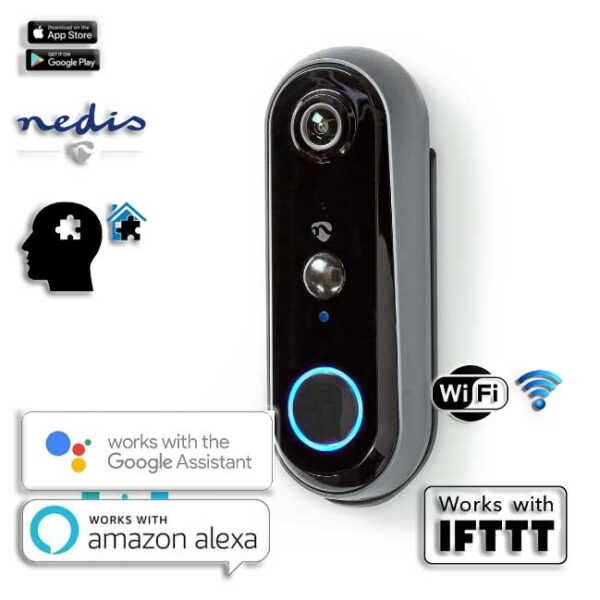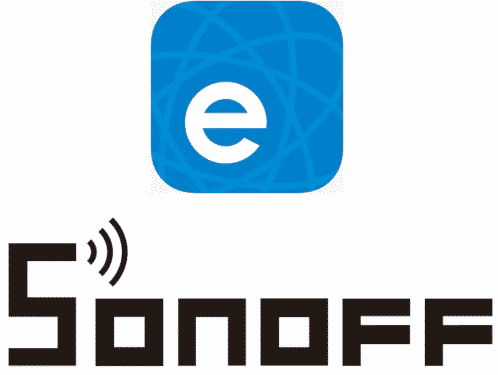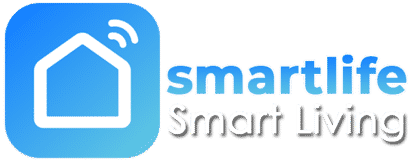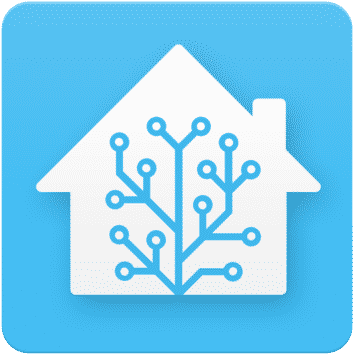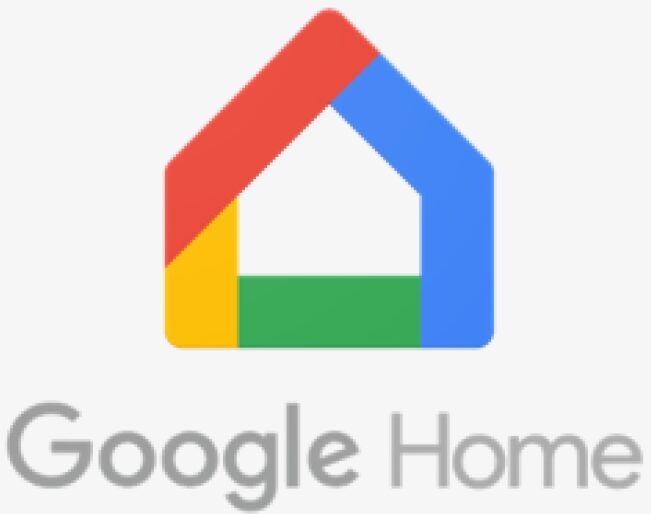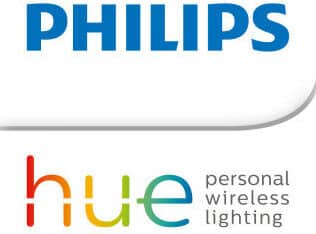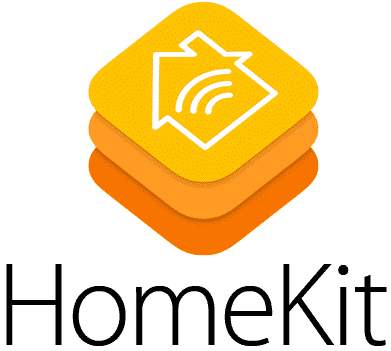First, a quick definition from Cloudzone.com: “Smart Home Technology is the convergence of social networking, machine -learning, virtual reality, and cloud-based services to provide a seamless, integrated and encrypted environment for enabling a home’s traditional functions while also adding new capabilities – all while maintaining a low profile.”
Coherent Programming Systems and Artificial Intelligence (AI) are the topics in hand at conferences covering these areas and IoT in general. Both are sub-fields of computer science, and both are currently occupied by engineers and programmers. Those two fields are intended to make our lives better. Some may call this “smart home” and while that’s a technical term it’s also a home for many of us.
The smart home of today is connected by different wireless networks, using diverse connectivity protocols to the outside world. In the category of home smart devices, we have washing machines, refrigerators, TVs, computers, heating/cooling systems, lights, sockets, plugs, diverse sensors, CCTV and security systems, as well as individual electronics used to interact with the rest in the home like media players, smartphones, smart tablets, wearables, etc.
Home Devices and Smart Technology
The home automation products of today are most commonly and readily positioned in the area of personal living and entertainment. Today’s Smart Home develops through three general categories:
- General Automation Devices
- includes things like air conditioners, heaters, heaters, hot tubs, water heaters and electric fans, etc
- Interconnected Devices
- these are more particular control devices that can be networked, and some are hardwired, so you’ll need a bit of basic networking knowledge. Examples include thermostats, dimmers, lighting, plugs, sockets, etc
- Automated Utilities and Objects
- the utility industry isn’t just about utilities; it’s an industry that includes so many devices that act both cinematically and technologically. Data recorders, projectors, plasma displays, and video players are all examples of automation devices. Both of these categories involve creating intentions and communicating them between devices. Objects in the category of “General Automation” can be pretty simple and straightforward. Gruesome parts of the user housings, for example, are just about any automation device that gets its power from the hub.
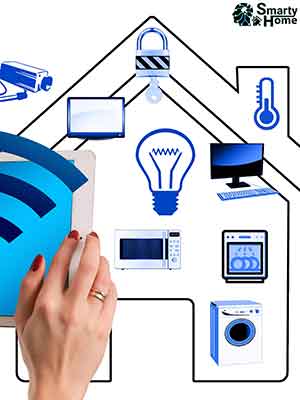
A lot is going on in 2021 in terms of data sharing, digital growth and lifestyle shifts. Basically, we are living in that future, scientist theorised decades ago, completed with SF books and movies where we’ve encountered hoverboards, touch screens for everyone and devices communication one to each other and that seem to know their owners better than they know themselves.
The extreme interconnectivity made possible by the Internet of Things and smart technology has changed the way people live and will continue to do so for decades to come. The term “Smart Home” gained popularity in 2010 when Nest company was founded by former Apple engineers Tony Fadell and Matt Rogers and 1 year later, they released the nest thermostat, so the concept of a “Smart Home” began to circulate widely. Since then, this idea has advanced and is now a part of mainstream consumer awareness.
What is the IoT?
IoT stands for Internet of Things, it was first mentioned by Kevin Ashton in 1999, and at its most basic refers to the capability of a device to be connected to both the Internet and to other gadgets.
As Forbes stated in an article about IoT, pretty much all the everyday connectivity sums up to the IoT. Any device, including appliances, able to manipulate data by interpreting and sharing information as needed, is becoming part of IoT.
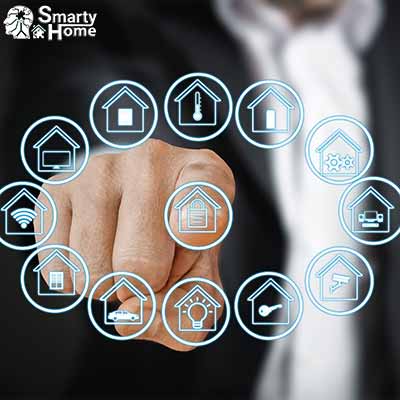
What is a Smart Device?
Smart technology or smart devices as we are used to it refers to seemingly ordinary devices with extraordinary capabilities. As we already explained when defining the IoT, any device capable of receiving, interpreting and sharing data is part of the IoT and a Smart Device, too. Because many of these devices are present in our homes, it means we have a Smart Home to some extent, but smart home technology is already growing fast and it’s becoming a large aspect of the IoT market and industry. Houses built with inherent automation systems are considered smart homes; meaning that all or most of the devices, appliances and programs included in the home are smart, and owners can operate them remotely. As Forbes reported in a separate article, smart home technology offers inhabitants the option to control various aspects of their homes without setting a foot inside.
Nowadays, many devices are integrating smart functionalities from a coffee machine interconnected with our home assistant, to pet doors interconnected to pet feeders and with the pet itself using the RFID.
Smart ZigBee Gateway by Woox
Connect up to 50 ZigBee devices to your WiFi network
Connecting your home to a smarter future
- Dual-protocol Supporting - Whether your devices supports WiFi or ZigBee, now you can control all of them together on the SmartLife App via the Gateway/Hub. Make any ZigBee and WiFi Devices interact and create smart routines.
- Strong Connectivity, Limitless Possibility - The Bridge supports adding ZigBee devices, not only from Woox, but also third-party ones (most commonly sold are Tuya based devices).
- Smart Scene - Works with any ZigBee Sensors, smart light, alarm or other IoT devices to make your living space and office truly smart; automatically behaving, like control the connected blinds, detect the real-time temperature and humidity, detect a door/window opening and many more, everything you need to make your automation dream a reality.
- Long-distance Signal Transmission - The omnipresent walls are not affecting much the transmission and by adding a second ZigBee hub to your network it becomes a ZigBee Mesh network.
- Small and Easy to Connect - Very Small form Factor and USB Powered, can easily stay next to your home WiFi router and be directly powered from your router's USB port (as most of the routers nowadays are equipped with USB ports), this way you save space and an extra socket occupied by an additional power adapter.
Smart Chime for Video DoorBell by Nedis
The Chime for your Nedis Smart Video Doorbell
Nedis®, your smart choice
- Expands your existing Nedis Video doorbell by adding the chime and the ability to hear the doorbell without the need for a smartphone or tablet
- Feature 80dB loud audio functionality - the built-in speaker of the Nedis WIFICDP10GY smart wifi chime, lets you hear someone is in front of your door.
- 4 variable melodies - the Nedis WIFICDP10GY Smart Doorbell Chime has 4 different sounds that can be selected as a ring tone
- Adjustable Volume - The doorbell chime can have its ring volume adjusted to suit your needs, directly from the SmartLife App.
- USB Powering - The Nedis Smart Doorbell Chime can be flexibly placed anywhere in your home as it requires only a USB port/adapter to work.
- Wireless - The Nedis Smart Doorbell Chime uses RF433 technology to communicate with the Nedis Smart Video Doorbell
- Multiple Nedis Smart Chimes can be added to the same Nedis Smart Video Doorbell
Smart Video DoorBell HD Camera by Woox
Alexa, Echo Show, Google Assistant, Chromecast & Google Nest Hub supported
Connecting your home to a smarter future
- Works with Home Assistants - use Amazon Alexa or Google Assistant with your Woox R4857 Doorbell to get a live view on your device, or create routines for enhancing the automation of your smart home devices
- Feature two-way audio functionality - the built-in microphone and speaker the Woox doorbell, lets you communicate with whoever is in front of your door, no matter where you are.
- Get intelligent alerts - the Woox Smart Doorbell has motion detection and AI pattern recognition technology. Customise your notifications and create automation, so you're only alerted about the things that matter to you.
- Clear Images in the Dark - The doorbell has infrared functionality with visibility to up 5m and AI algorithms to automatically activate night mode when the light is not enough.
- Interactive monitoring - You’ll receive a notification in the app when the doorbell detects any activity, allowing you to keep an eye on your home only when there is something happening.
- Automate to your smart home devices by adding the Doorbell, in your existing environment. Either controlled in the app or working with Alexa and IFTTT, define your scene, create actions and triggers based on movement noticed by the smart surveillance camera and execute a command (for example, switch on a Smart Light)
- Completely Wireless - The doorbell it's equipped with 2 powerful batteries that can last up to 6 months without being recharged. In the phone app, you'll have a battery power indicator in percentage and the doorbell is also notifying you when the battery set threshold has been reached so you'll know to recharge it. The recharge process takes only a few hours for a complete charge.
Slim Smart Video DoorBell HD Camera by Nedis
Echo Show, Google Assistant, Chromecast & Google Nest Hub supported
Nedis®, your smart choice
- Works with Home Assistants - use Amazon Alexa or Google Assistant with your Nedis WIFICDP20GY to get a live view on your device, or create routines for enhancing the automation of your smart home devices
- Feature two-way audio functionality - the built-in microphone and speaker the Nedis WIFICDP20GY smart wifi doorbell, lets you communicate with whoever is in front of your door, no matter where you are.
- Get intelligent alerts - the Nedis WIFICDP20GY Smart Doorbell has motion detection and AI pattern recognition technology. Customise your notifications and create automation, so you're only alerted about the things that matter to you.
- Clear Images in the Dark - The doorbell has infrared functionality with visibility to up 5m and AI algorithms to automatically activate night mode when the light is not enough.
- Interactive monitoring - You’ll receive a notification in the app when the doorbell detects any activity, allowing you to keep an eye on your home only when there is something happening.
- Automate to your smart home devices by adding the Doorbell, in your existing environment. Either controlled in the app or working with Alexa and IFTTT, define your scene, create actions and triggers based on movement noticed by the smart surveillance camera and execute a command (for example, switch on a Smart Light)
- Completely Wireless - The doorbell it's equipped with 2 powerful batteries that can last up to 4 months without being recharged. In the phone app, you'll have a battery power indicator in percentage and the doorbell is also notifying you when the battery set threshold has been reached so you'll know to recharge it. The recharge process takes only a few hours for a complete charge.
What is AI and how did it become AIoT?
AI stands for Artificial Intelligence and has been pursued by humans since early times.
The first-ever mention of AI was back in 1872. Influenced by Charles Darwin and his recently published work “On the Origin of Species” (1859), writer Samuel Butler in his book called “Erewhon” preceded and influenced by a previous article he wrote in 1863, “Darwin among the Machines” where he expresses concerns related to potentially dangerous ideas of conscious machines able to make decisions and eventually replicate themselves!
Everything started to be feasible when the first computers were developed (The Colossus in 1943, followed by the ENIAC in 1946), but still this wasn’t good enough because the initial computers until 1949 were able to execute a set of instructions and commands, but they were unable to store any data. 1956 is the year when officially amongst the scientist the term AI was mentioned and discussed. At the Dartmouth Summer Research Project on Artificial Intelligence (DSRPAI) conference the AI concept was widely discussed, and it was presented the “Logic Theorist” which is believed to be the first AI program.
The next biggest achievement of AI was in 1997 when the chess grandmaster Gary Kasparov played and lost a chess game against “Deep Blue”, an IBM computer program. In the same year was also added the next level of human-computer interaction, voice. Dragon Systems developed its NaturallySpeaking 1.0 as a Windows program for continuous dictation, considered the first step toward what we call today Virtual and Intelligent Personal Assistants like Amazon Alexa, Google Assistant, Siri, Cortana, Bixby, etc

Today, we have a more favourable environment for AI, besides any capabilities, machines need to communicate fast to learn, but interconnectivity and network/internet speeds were something we’ve struggled with a lot at a consumer level. The holdback created by connectivity was also because the previous, traditional model of data was not sufficient and somehow obsolete in the AI age, so we moved to a new type of data, larger, faster and more complex, the Big Data (the 3 V’s, Volume, Velocity, Variety)
All this leading towards IoT and the everyday smart devices we are all using, whether we are wearing it (smartwatches capable to measure body’s parameters and trigger some actions, like letting us know we’ve sat too much, we need to drink some water or that our hearth beat is too accelerated) or use it home, office or even in the car, they are all relying on AI so that is called AIoT and stands for Artificial Intelligence of Things.
AIoT devices are replacing the common (so-called “dumb”) devices with great success and rapidity. The AIoT empowered devices more efficient, they are offering data analytics and because of it, the initial efficiency it’s getting continuously and automatically optimised so overall we are talking about a way better performance.
Few examples of common AIoT smart devices could include the smart light bulbs you can easily purchase, smart plugs or sockets, smart security systems including face recognition CCTV or number plate recognition cameras, a multitude of smart sensors, smart thermostats, smart actuators, smart valves even smart pet products, etc; they are all able to interconnect, exchange and interpret data, so they can decide on an action.

